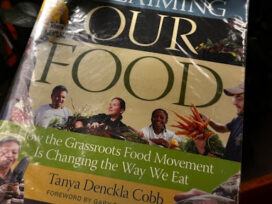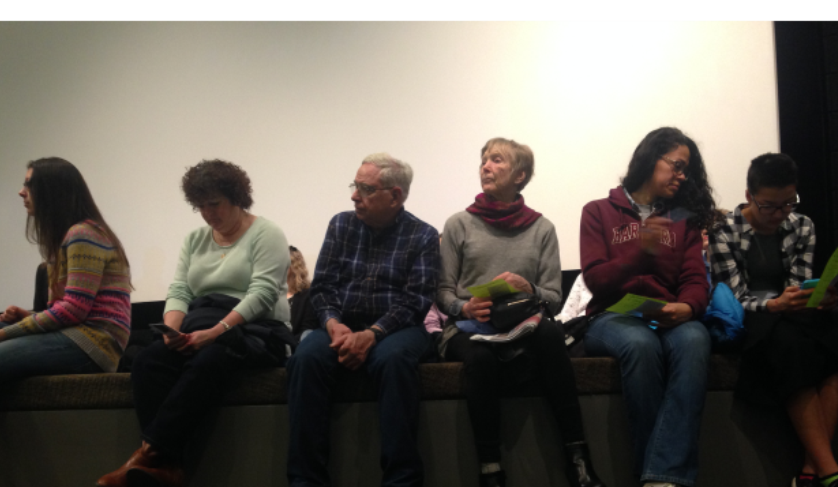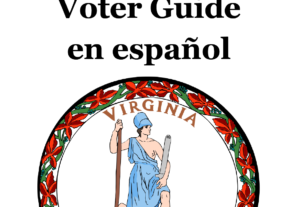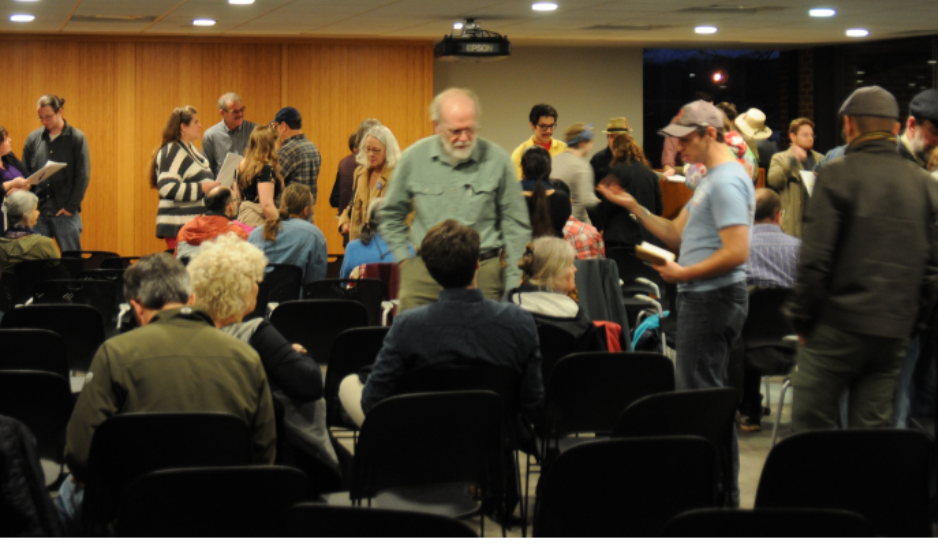
Inside the Bernie Sanders Campaign
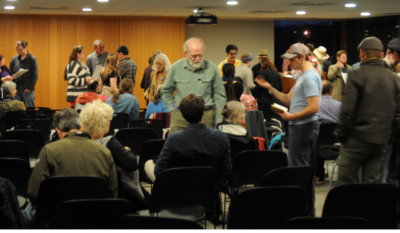
Around 150 people gathered at Charlottesville’s City Space to coordinate the volunteer efforts to support the Bernie Sanders campaign. On Jan. 9, a room full of supporters sorted themselves by their location and availability to staff call centers.
Dan Epstein, the Virginia coordinator, called for local leadership and about 20 people from across Virginia answered. Call centers were established for Luray, Staunton, and Nelson County, among other localities. The mood was light, with a host in Luray even promising to serve beer and wine in his effort to win supporters for Sanders.
Volunteers were encouraged to bring a laptop to the call center of their choice, though the program allowed for two callers per computer. Volunteers were also encouraged to be polite with those supporting other candidates. “We do not want to disparage other candidates,” said Dan Epstein, the Virginia coordinator. Another difference with this campaign is that Virginians were calling Virginians, a practice Epstein labelled “unconventional.”
Nic McCarthy, an area director for the campaign, hosted one call center held at the downtown Jefferson-Madison Regional Library’s McIntire Room on Jan. 18. Seven people chatted with citizens about the Sanders campaign. A script was provided, though generally not adhered to. The calling list, provided by the Democratic Party, included supporters of both Hillary Clinton and Bernie Sanders. In addition to providing volunteers with the contact information of potential supporters, the program also allowed volunteers to collect demographic information for future campaigns. A list of descriptions was attached to each phone number, with the operator prompted to enter information such as “Did not answer,” “Do not call,” “Strongly Clinton” and “Undecided.”
Operators grew tired during long bouts of unanswered calls or brusque answers. Their energy was revitalized, however, every time a caller had a good conversation or secured the promise of another volunteer. One operator’s voice grew excited, animating the others, and the pitch grew to a cacophony of one-line greetings: “I am calling with the Bernie Sanders campaign” and “I am a volunteer with the Bernie Sanders campaign.” A phone was set down, an announcement of the latest success was yelled out, and the cacophony ended with a cheer.
After two hours, McCarthy left to pick up pizza. Operators broke and took ten minutes to eat, then promptly returned to calling.
Volunteers’ calls reached a diverse audience. Some were volunteers for other campaigns. While others were staunch Sanders supporters. One woman insisted the operator not call her boyfriend anymore. Many of the calls were made at the traditional dinnertime, prompting complaints from some call recipients.
According to McCarthy, over 10,000 calls were made in the first week of the phone banking drive alone.
The Sanders campaign also hosted voter registration drives at UVA, registering around 20 new Virginia voters per hour. A team of volunteers traveled the state holding similar events.
One follow-up phone banking campaign was organized by students Ariana Miklowitz and Allen Mendez at PVCC. Six volunteers agreed to host for three hours a week, using the data obtained in the first round to target the refined audience, defined by information gained by previous phone banks drives.



